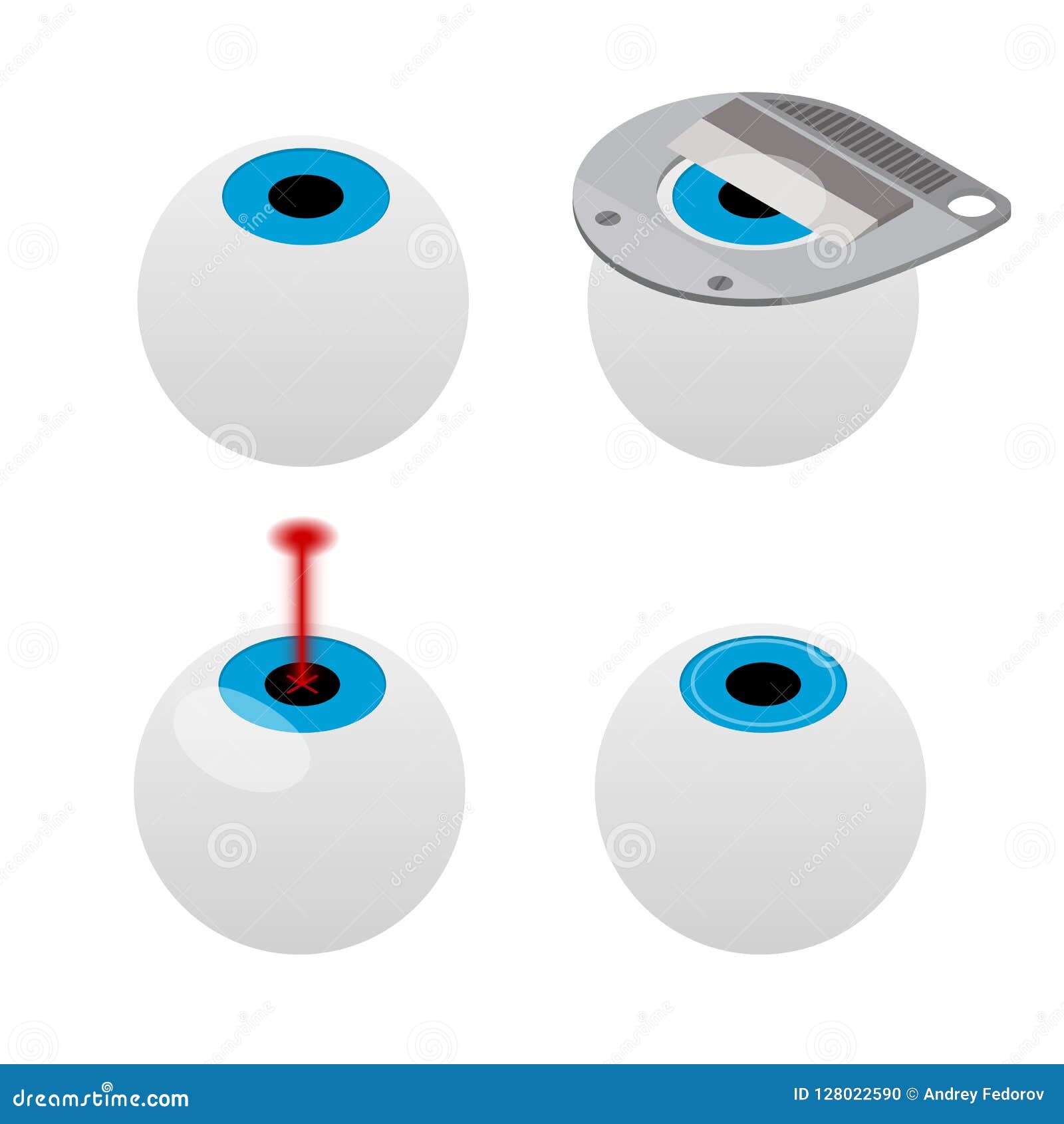As a cataract surgeon, your day begins with an extensive eye assessment, where you assess patients' vision and lens clearness. You understand exactly how essential it is to identify cataracts properly. Once identified, you get ready for surgical procedure, making sure every detail is accounted for. Yet the obstacle doesn't finish there. The genuine trip unravels in the operating room, where accuracy is crucial. What takes place next could specify a person's visual future.
The Diagnostic Process: Identifying Cataracts
When it concerns identifying cataracts, clarity is vital. You'll begin with an extensive eye examination, where you'll assess visual acuity and look for any indications of cloudiness in the lens.
Throughout this procedure, you'll use specific equipment, such as a slit light, to obtain a detailed view of the eye's structure. You'll likewise perform a dilated eye exam to assess the lens and retina more thoroughly.
Gathering your patient's medical history is critical, as it assists determine risk elements like age, diabetes mellitus, or previous eye injuries.
After analyzing the results, you'll identify the existence and intensity of cataracts. This careful method ensures you provide the best recommendations for treatment, setting the stage for the following action in their treatment.
The Procedure: Precision in Action
After diagnosing cataracts and discussing therapy alternatives, you plan for the surgery, where accuracy is vital.
You go into the operating room, wearing sterile gloves and a mask. https://average-cost-of-lasik-per40517.blogginaway.com/37044378/cataract-surgical-procedure-with-costs-lenses-insights-from-top-surgeons rests conveniently under bright lights, ready for the transformation.
You start by carrying out regional anesthesia, guaranteeing they feel no pain. With a consistent hand, you make a tiny incision in the cornea, making use of innovative methods to get rid of the gloomy lens.
You meticulously place the man-made intraocular lens, aligning it completely for ideal vision. Throughout the treatment, you check vitals and adjust as needed, preserving focus on the task.
In simply a short time, you'll have recovered your individual's view, a satisfying end result for both of you.
Post-Operative Treatment: Making Sure Optimal Recuperation
As soon as the surgical treatment is full, your function changes to making sure the patient's smooth recuperation.
You'll begin by offering clear post-operative guidelines, stressing the relevance of using the eye shield and taking proposed drugs. Remind them to avoid rubbing their eyes and engaging in difficult tasks.
https://health.economictimes.indiatimes.com/news/diagnostics/novel-method-could-improve-lasik-eye-surgery/68390819 -up appointment within a few days to keep track of healing and attend to any type of problems. Encourage people to report any type of indications of infection, such as boosted inflammation or discharge.
Additionally, review the significance of using artificial tears to minimize dry skin. Assistance their emotional health by comforting them that visual improvements may take some time.
Conclusion
In a cataract doctor's day, you witness the journey from medical diagnosis to recuperation. You see the precision in surgical procedure and the care taken post-operation to ensure your ideal recovery. Via this experience, you gain quality not just in vision, yet in recognizing the entire procedure. The count on developed in between you and your surgeon is essential, leading the way for a smoother healing. With the right support, you're on your way to delighting in a brighter, more clear world.
